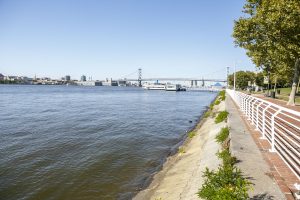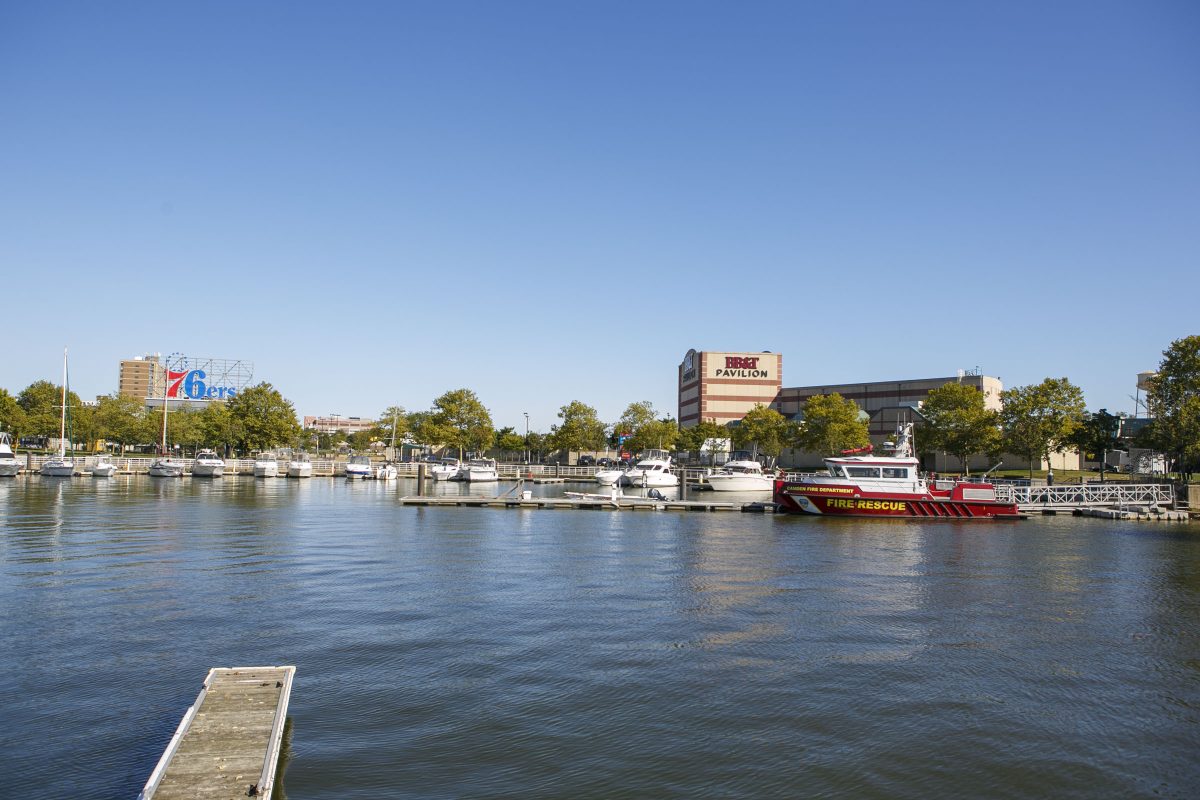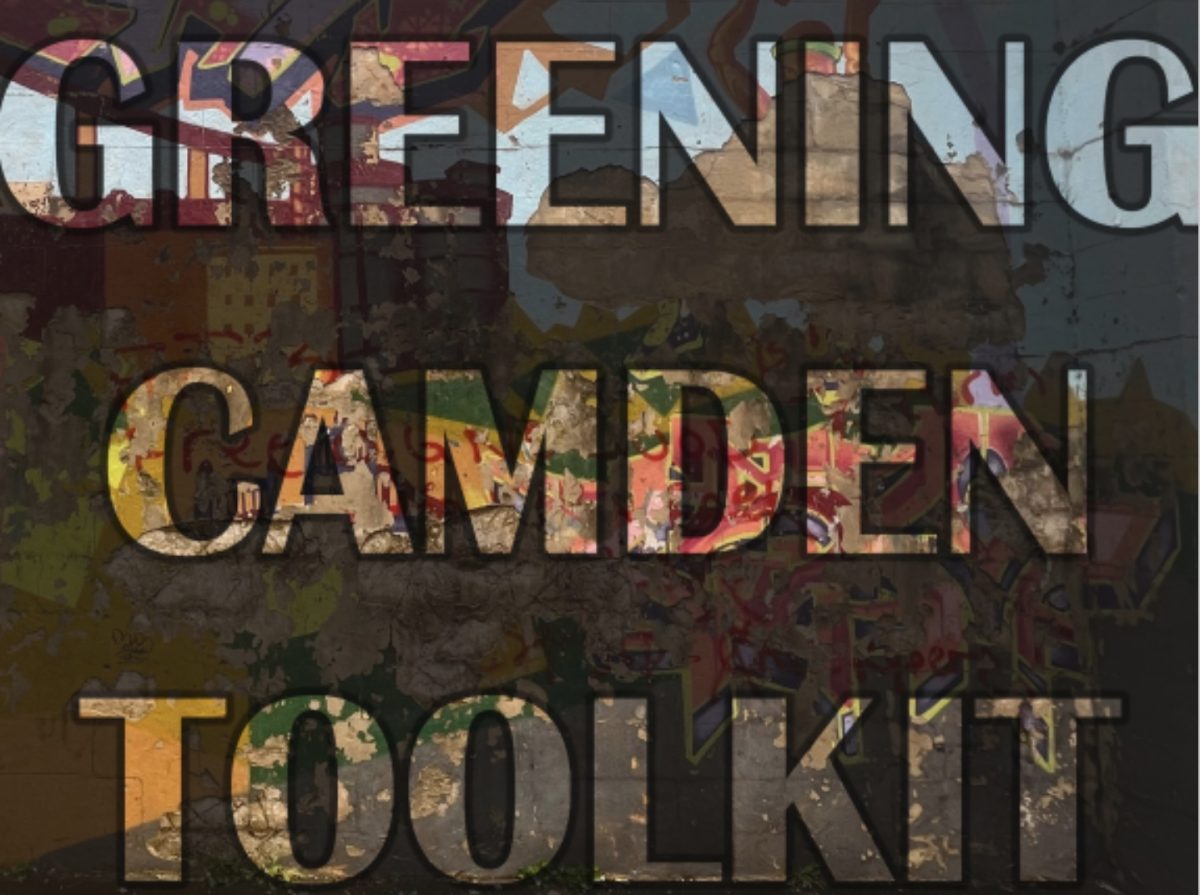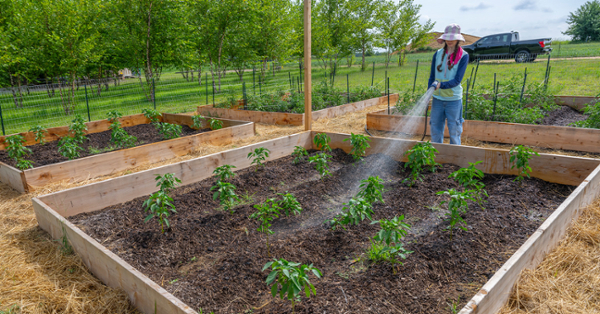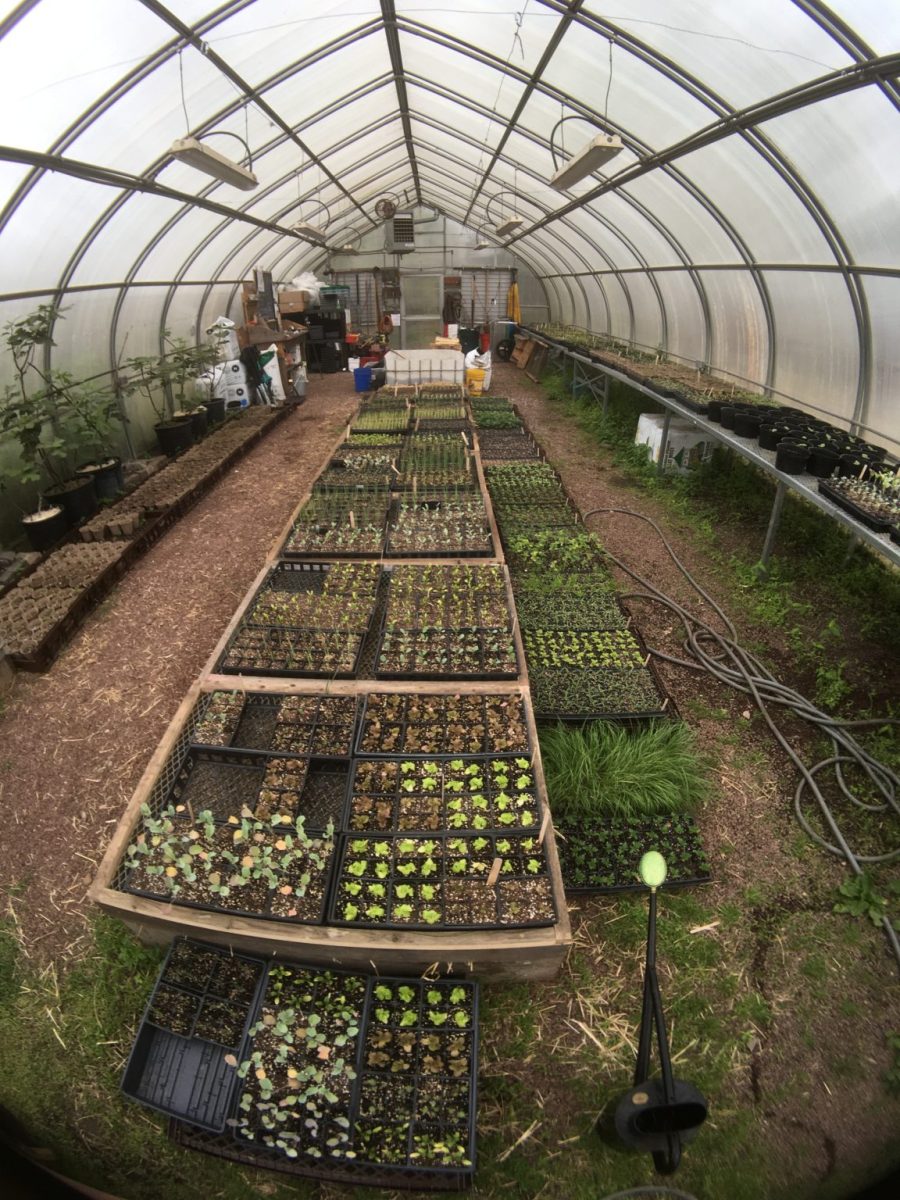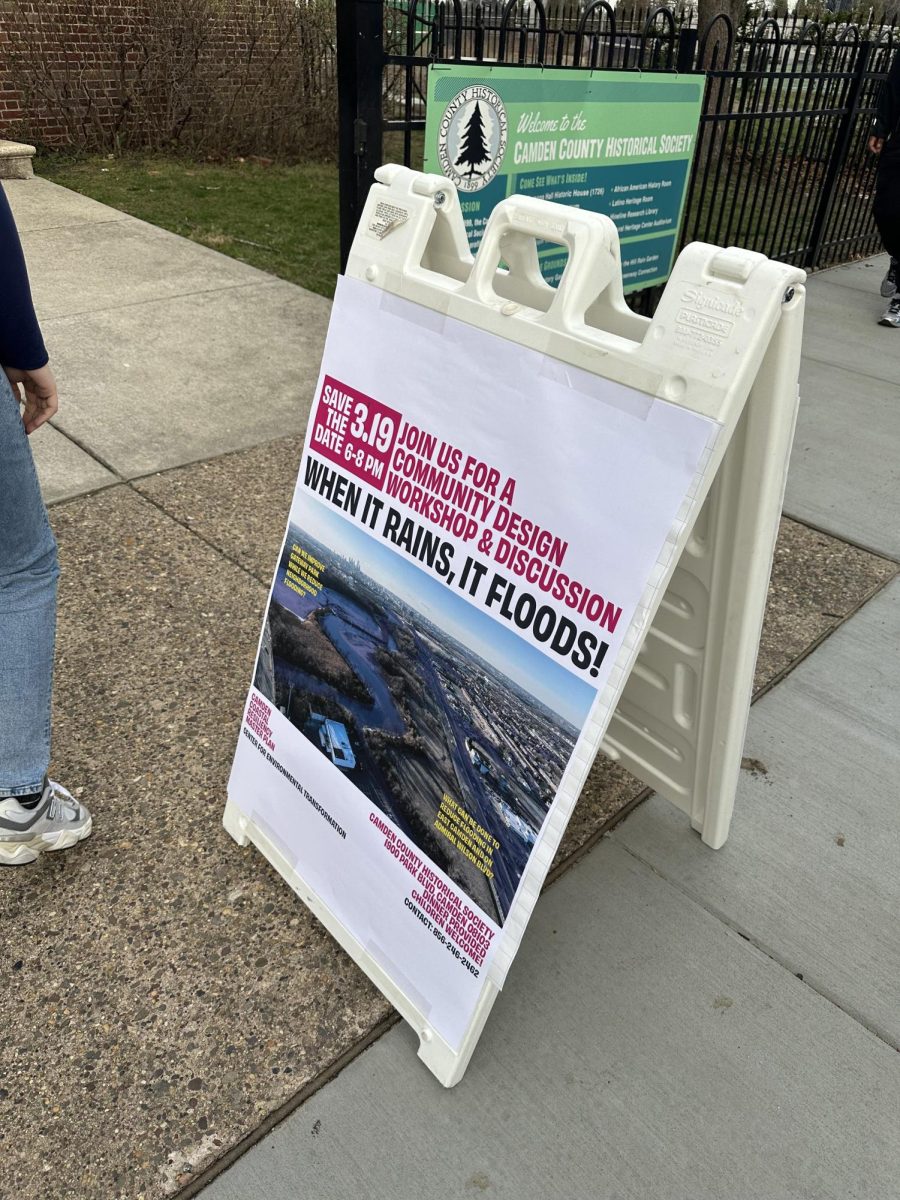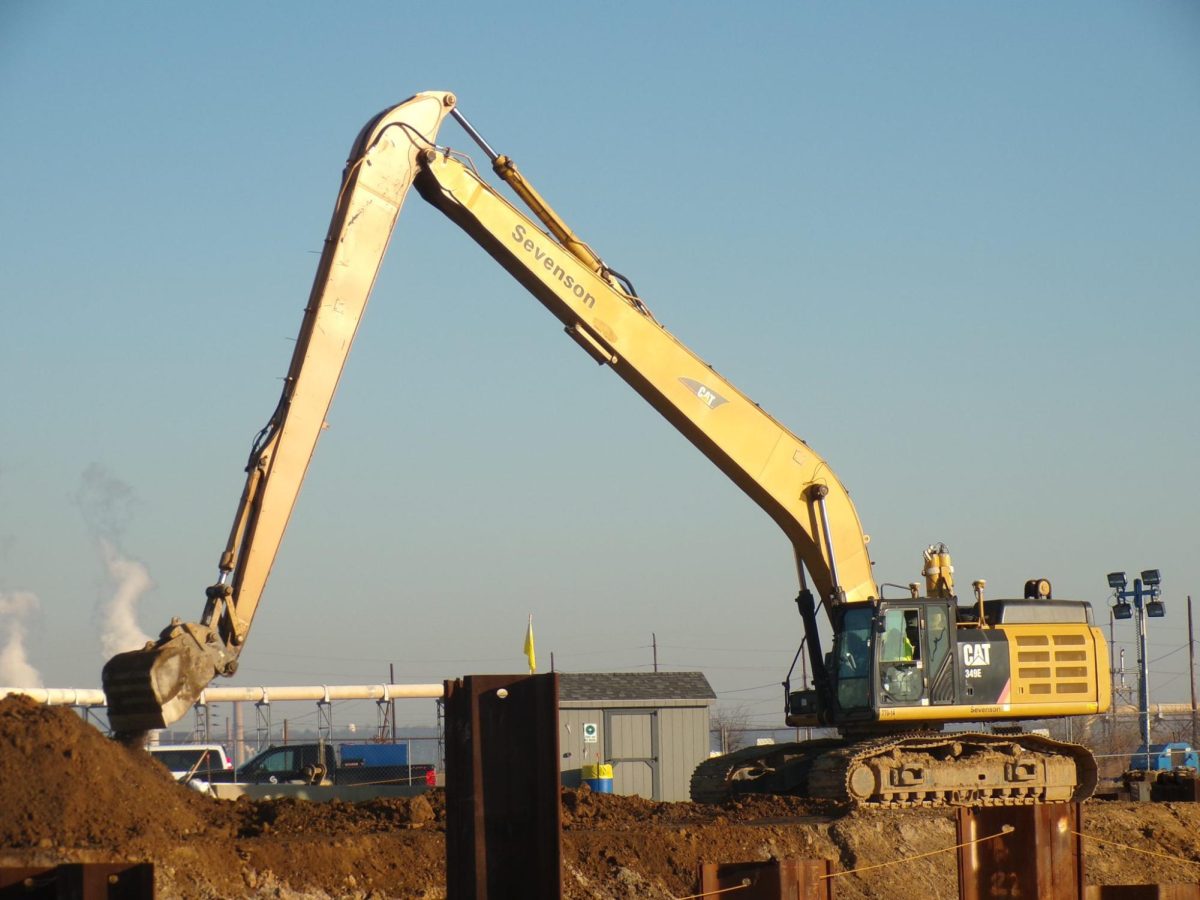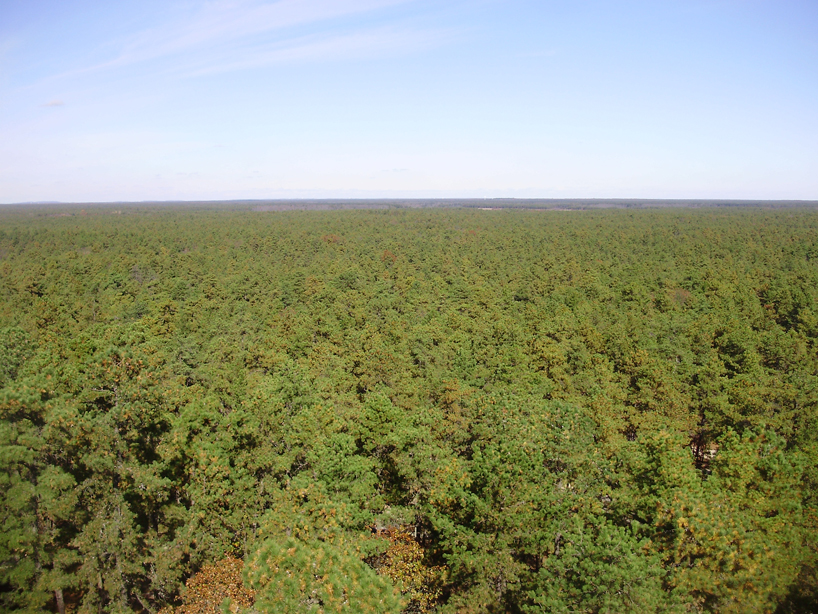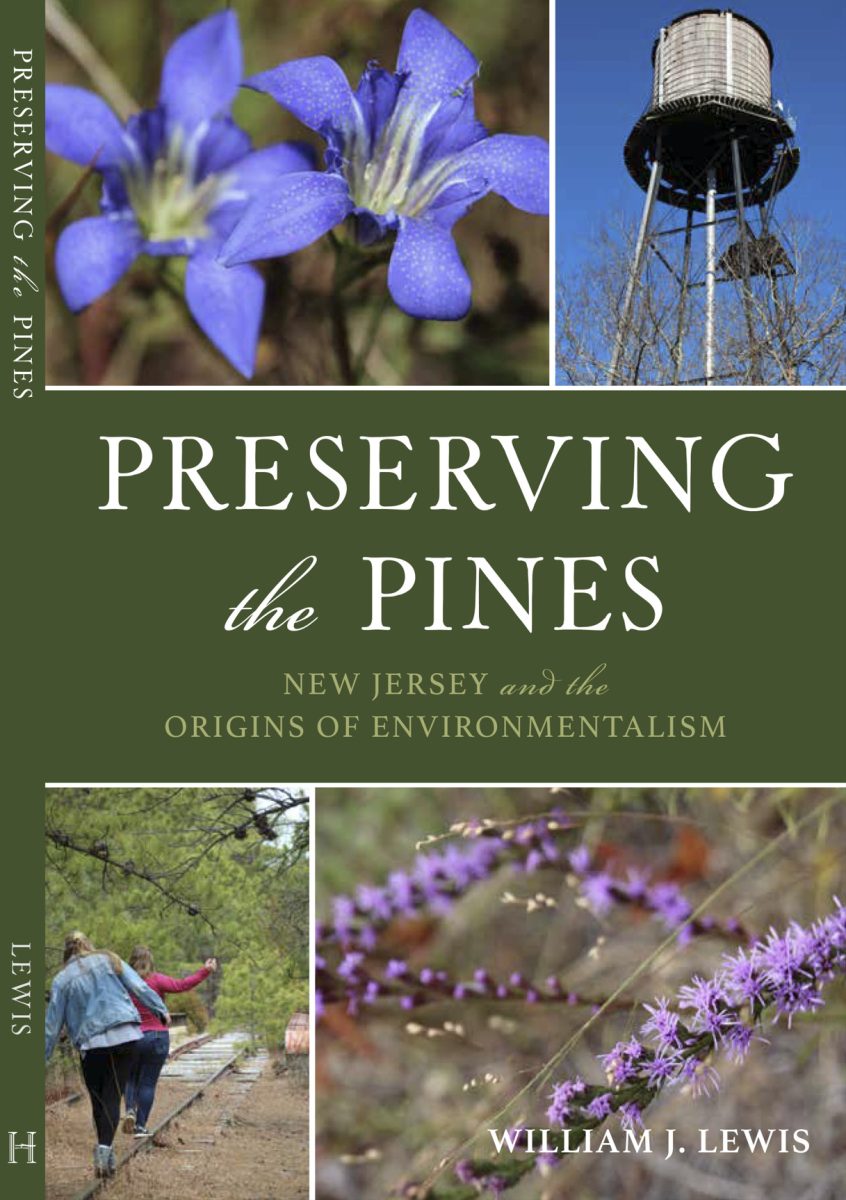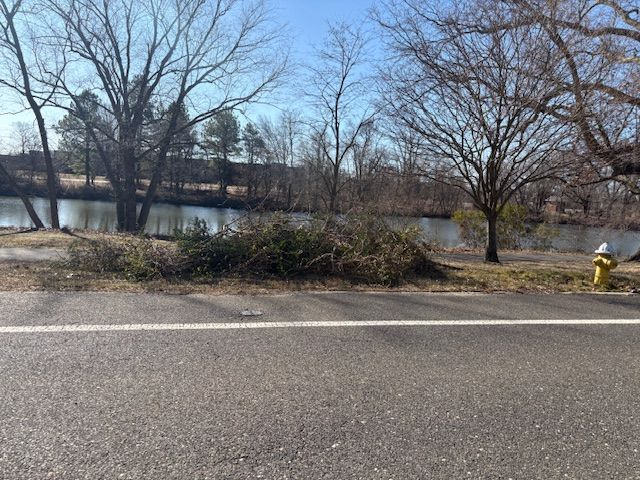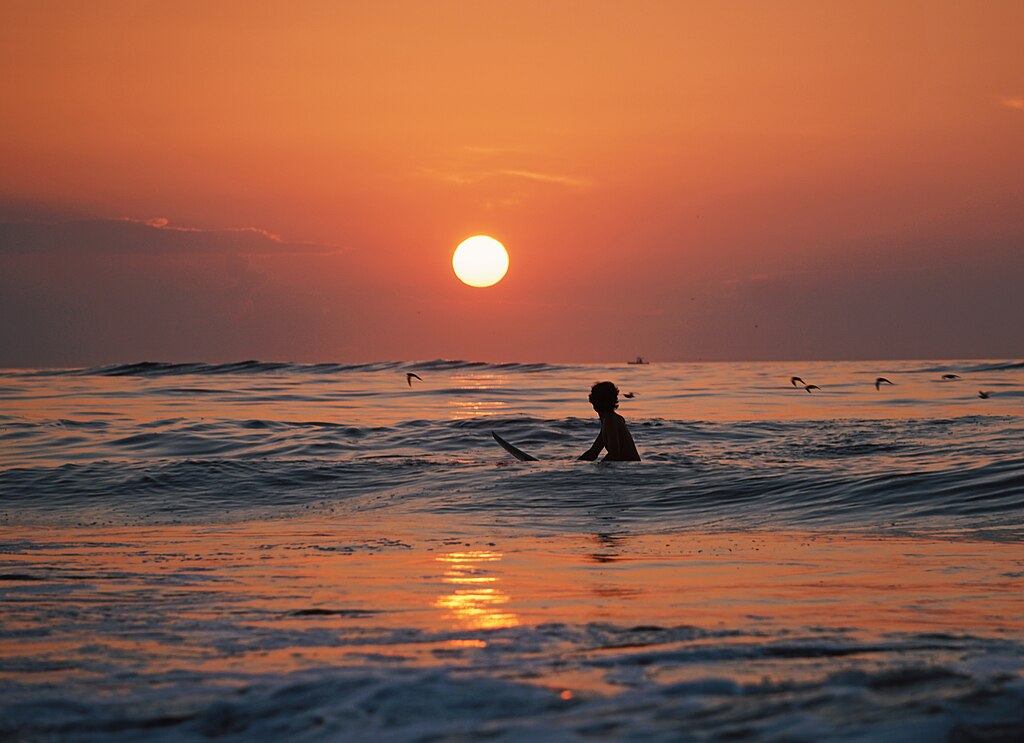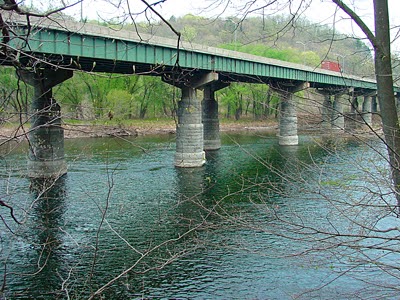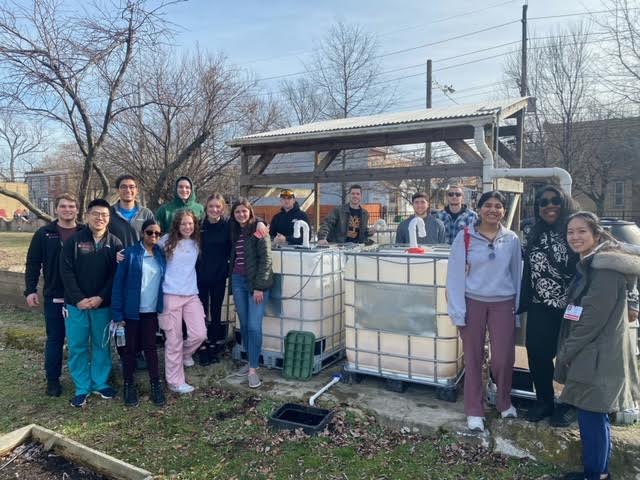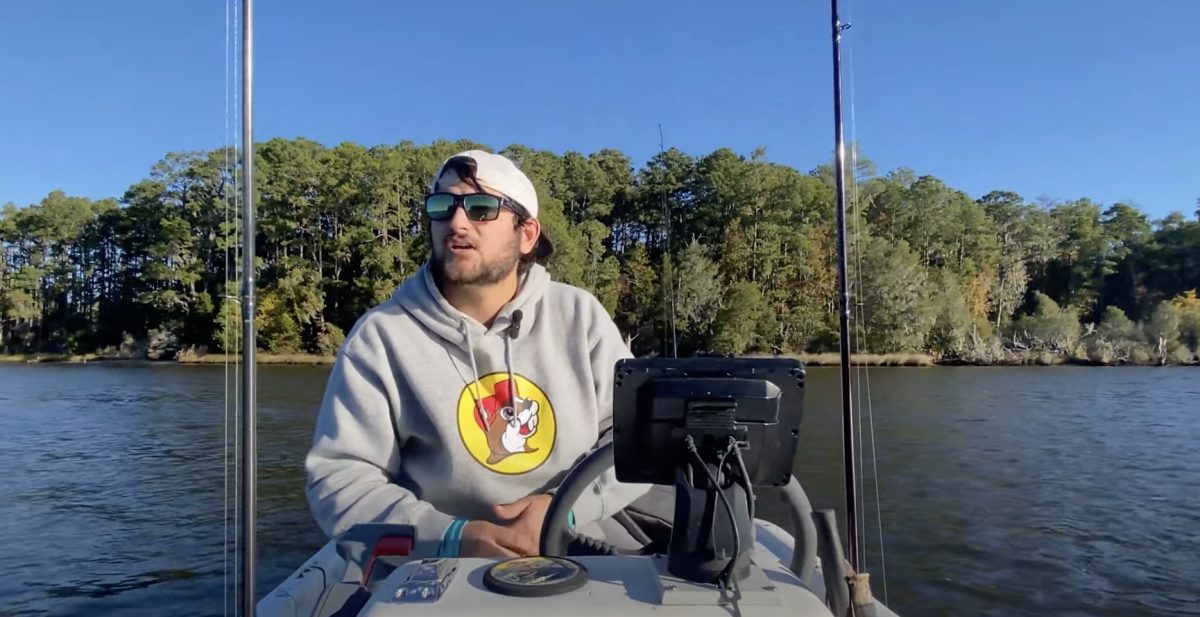By Amber Hatter and Miguel Martinez
Across the globe, sea-level rise threatens shore-side communities- but the risk to New Jersey shore communities is significantly higher. New Jersey proves to be more severely affected by these rising waters than other coastal areas; this can be attributed to the land subsidence aiding the acceleration of rising waters, according to Rutgers’s Department of Earth and Planetary Sciences and Institute of Marine and Coastal Sciences.
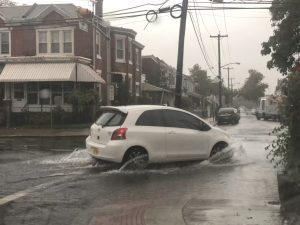
As of late, these coastal communities are getting plenty of well-deserved attention in the media—but what about our communities further inland?
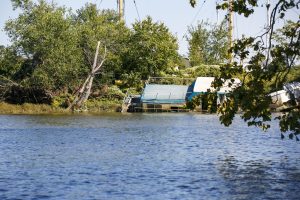
Often overlooked due to their distance from the shore, Philadelphia, Camden, and other towns that border the Delaware and Cooper Rivers are at increasing risk to the consequences of sea-level rise. Just like our oceans, the water levels of our rivers are rapidly rising in response to our changing climate. As the atmosphere warms due to the burning of fossil fuels and the continuous release of greenhouse gas emissions, according to melting glaciers and thermal expansion (as the water warms, the volume increases) cause the water levels in our oceans and rivers to rise exponentially.

The Camden area, despite its distance from the coast, is subject to increasing flood risk in the coming decades. Given the city’s close proximity to both the Delaware and Cooper rivers, the area is especially vulnerable. Although the rivers are not to blame for the majority of flooding that occurs; it’s attributed to heavy rainfall and a backed-up combined sewage/stormwater system. In either instance, the escalating flood risks in the city can be traced back to climate change.
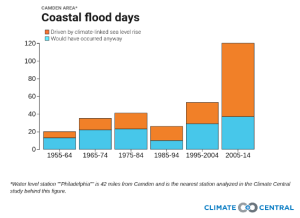
Sea-level is not the only thing being affected by climate change— it also produces violent storms, resulting in heavier and more frequent rainfall. In combination with rising rivers, Camden will likely face detrimental flooding directly linked to climate change. According to projected sea-level scenario of medium-rise “points to a 97% risk of at least one flood over 4 feet taking place between today and 2050 in the Camden area.” This could be a frightening scenario to face, especially for businesses and homeowners in areas previously not prone to flooding; some may be forced to invest in flood insurance, or even consider relocation in the future.
Former Secretary of the Newton Creek Watershed Association and past partner of The Delaware Riverkeeper Network, Marguerite Downham, explains how Camden’s infrastructure itself presents a major drawback in avoiding potential floods: “The flooding that we see in Camden… a lot that has to do with the overbuilding and the impervious surfaces—and that’s a zoning issue”.
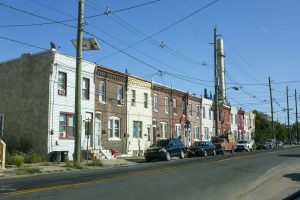
Downham pointed out the lack of “green” areas in Camden and shared a potential solution that could help to counter the flooding from heavy rain and river overflow—revitalizing brownfields. “[Camden] should take some of those [brownfields], clear them out, build parks or football fields or recreational areas… for the water to drain into.” She said. These grassy areas would act as a buffer that would absorb excess water after storms and aid in flood prevention.
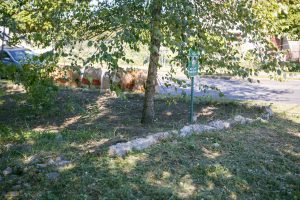
In fact, some of these solutions are already being implemented in the form of rain gardens. Rain gardens are small patches of land that are excavated slightly deeper than the ground level to allow for water collection, and they’re filled with native shrubs and flowers. Through the Camden SMART (Stormwater Management and Resource Training) Initiative, dozens of rain gardens have been—and continue to be—built throughout the city.
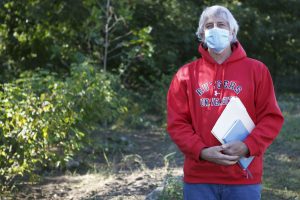
“The sewerlines are limited, so when there’s a heavy storm, it overflows with [rainfall] run-off from the road,” Fred Stine of the Delaware Riverkeeper Network explained. The rain gardens are meant to aid the (often overwhelmed) sewage and stormwater system in relocating excess rainwater after a storm. Not only do the rain gardens facilitate water drainage, they also repurpose the water that is absorbed; the rainwater is provided to the surrounding plants, resulting in a booming and incredibly biodiverse paradise for insects, birds, squirrels, and other small creatures.
Yet the effects of climate change, especially in waterfront communities, will continue to be severe.
